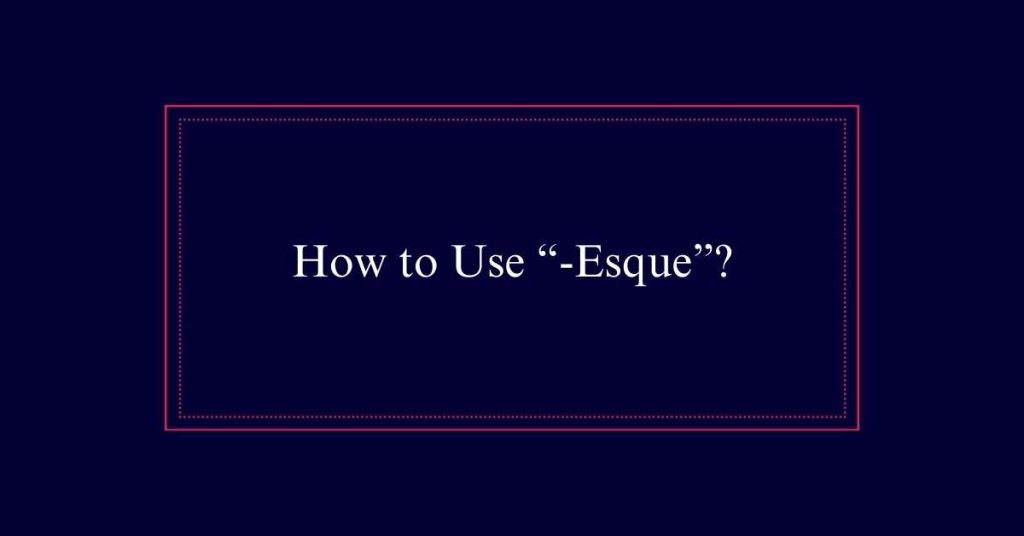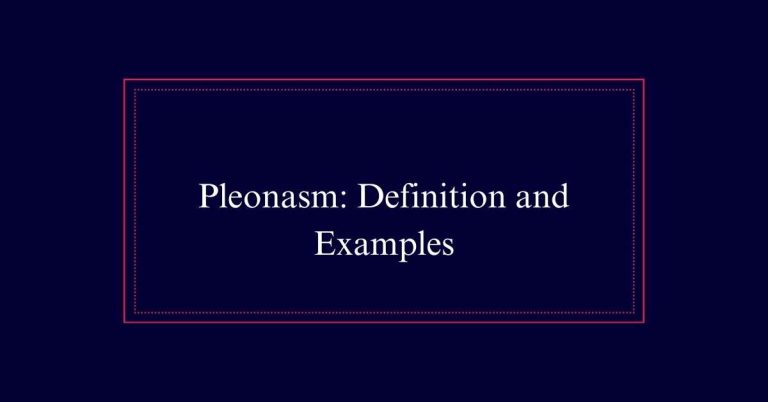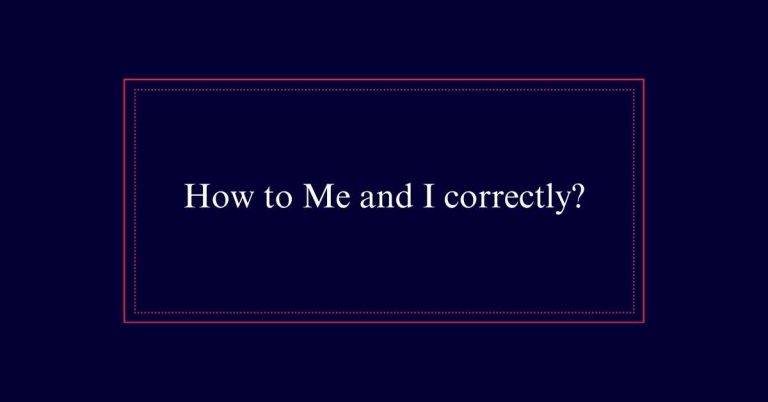How to Use “-Esque”?
You use ‘-esque’ to describe something that resembles or is in the style of something else. For example, ‘statuesque’ means resembling a statue in grace and dignity. Attach ‘-esque’ to any noun to create new, vivid adjectives like ‘Shakespeare-esque’ or ‘oceanesque.’ This suffix adds flair and creativity to your language, making descriptions more engaging.
For multi-word names, like ‘Van Gogh-esque,’ a hyphen helps with clarity. Common words like ‘picturesque’ show how ‘-esque’ enhances imagery.
Meaning of -Esque
The suffix -esque means ‘in the manner of’ or ‘resembling.‘ When you use -esque, it helps describe something by comparing it to another. For example, if you say a person is statuesque, you mean they’ve the dignity, grace, or beauty of a statue. You could use words like proud, majestic, or fear-inspiring instead. However, -esque adds a special touch.
You can also use similar suffixes like -like, as in lionlike. Using -esque encourages creativity in your language. It allows you to make vivid, descriptive comparisons. So, when you want to describe something in a unique way, consider using -esque to make your descriptions more engaging and clear.
Creative Language With -Esque
You can ignite your creativity by inventing new words with -esque. This suffix lets you add flair to everyday language. You can attach it to any noun, giving your descriptions more depth and character. Imagine describing a futuristic city as “Blade Runner-esque” or a dramatic scene as “Shakespeare-esque.”
Here’s a quick table to help you get started:
| Example | Meaning |
|---|---|
| Kafkaesque | Nightmarishly complex |
| Hitchcock-esque | Suspenseful and thrilling |
| Gatsby-esque | Lavish and extravagant |
Inventing New Words
Inventing new words with -esque brings a fun twist to your language. You can attach -esque to any noun, creating new, descriptive terms that capture the essence of what you’re describing.
Here are some examples to get your creative juices flowing:
- Lincolnesque: Resembling the qualities of Abraham Lincoln.
- Oceanesque: Evoking the vast, serene nature of the ocean.
- Fairytalesque: Reminiscent of magical, whimsical stories.

Flexibility in Language
Adding -esque to your vocabulary gives you the flexibility to create vivid and unique descriptions. You can take any noun and add -esque to it, forming a new adjective that paints a clear picture.
For example, calling something ‘Kafkaesque’ instantly evokes the surreal and oppressive qualities found in Kafka’s writing. It’s a quick way to add depth to your expressions.
Using -esque also makes your language more versatile. You can describe people, places, and things in a way that’s both imaginative and precise. This suffix encourages you to think creatively and find new ways to convey your thoughts.
Hyphen or No Hyphen?
When deciding to use -esque, the hyphen can be optional but helpful. It often clarifies the word and makes your writing look cleaner.
You might wonder when you should add that little dash. Here are some pointers:
- Complex Names: Use a hyphen for multi-word names, like ‘Van Gogh-esque.’
- Readability: A hyphen can make unusual words easier to read, like ‘Kafka-esque.
- Spell Check: Sometimes, a hyphen helps avoid those red squiggly lines in spell check.
Clarifying Complex Words
Hyphens can simplify complex -esque words, making your writing clearer and easier to understand.
When you attach -esque to a noun, it creates a unique adjective. However, some -esque words can be tricky to read. Using a hyphen helps break down these words, ensuring your reader grasps your meaning instantly.
For example, ‘Kafkaesque’ might be hard to read without a break, but ‘Kafka-esque’ is more straightforward. This small change makes your writing more accessible.
Common -Esque Words
Now that you know how hyphens can simplify complex -esque words, let’s look at some common -esque words you might encounter. These words add flair and creativity to your language.
- Picturesque: Describes a scene as if it were a beautiful picture.
- Grotesque: Represents something weird, distorted, or ugly.
- Statuesque: Implies someone or something has the grace and dignity of a statue.
Descriptive Capabilities
Using -esque words can greatly enhance your descriptive capabilities, making your writing more vivid and engaging. When you add -esque to a noun, it immediately paints a picture for your readers. For example, “Kafkaesque” evokes the surreal, complex worlds of Franz Kafka. Below is a table showing how -esque can transform your descriptions:
| Noun | -Esque Word | Description |
|---|---|---|
| Picasso | Picasso-esque | Resembling Picasso’s art |
| Gothic | Gothic-esque | Like Gothic architecture |
| Spielberg | Spielberg-esque | Similar to Spielberg’s style |
Esque in Literature
In literature, adding -esque to a word can create striking imagery and deepen your storytelling. By using this suffix, you can evoke specific qualities and set vivid scenes. Think of it as a shortcut to convey complex ideas swiftly.
- Character Impressions: Describing a hero as ‘Herculean-esque’ instantly conveys strength and bravery.
- Atmosphere Setting: Calling a scene ‘Gothic-esque’ evokes dark, mysterious vibes.
- Visual Descriptions: Using ‘dreamlike-esque’ paints a surreal, otherworldly picture.
Media Usage of -Esque
You’ll often see the suffix -esque in media to create vivid comparisons and enhance descriptions. It helps paint a clear picture by likening something to a well-known figure or style. For example, calling a movie ‘Hitchcock-esque’ instantly brings to mind suspense and thriller elements.
This suffix is popular in articles, reviews, and descriptions because it adds flavor to the language. You’ll find it in movie critiques, music reviews, and even fashion commentary. Using -esque can make your writing more engaging and relatable.






